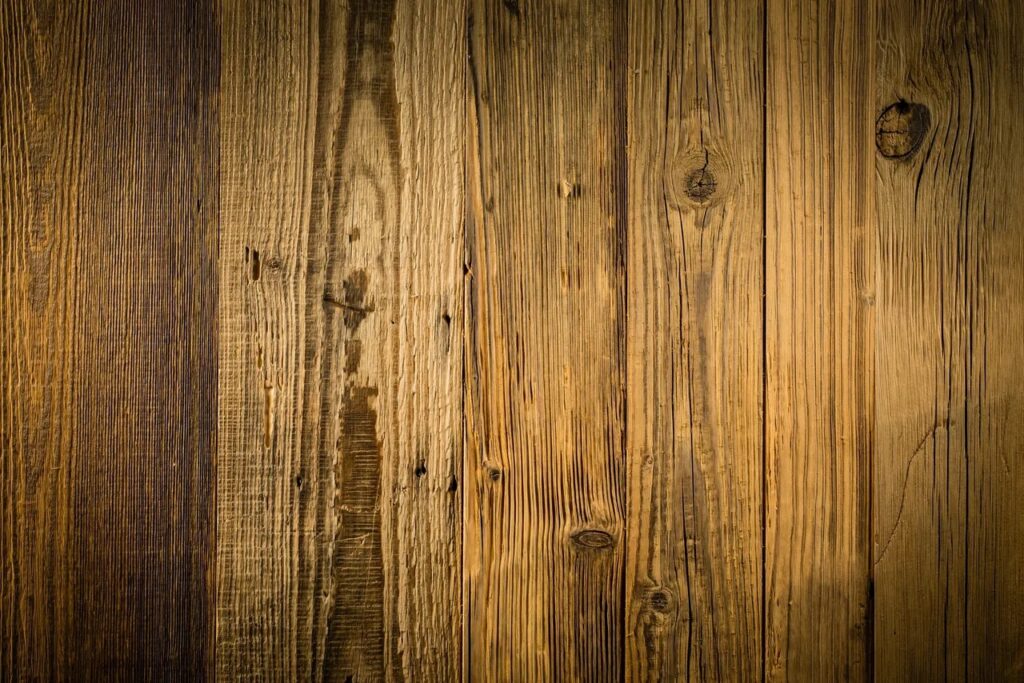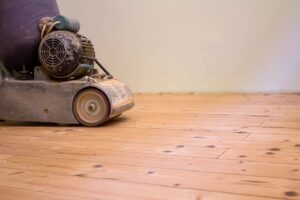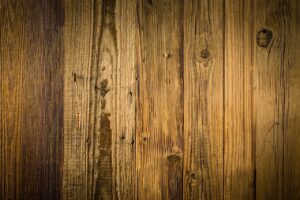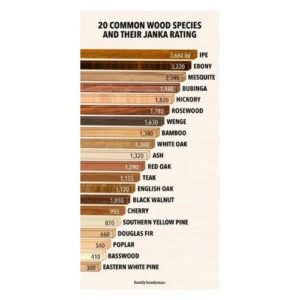Water-damaged hardwood floors require prompt action to prevent further damage and mold growth. Here’s what you should do if you encounter water damage on your hardwood floors:
- Act Quickly: Time is crucial when dealing with water damage. The longer the water sits on the wood, the higher the chances of permanent damage and mold growth. As soon as you notice the water damage, start the mitigation process.
- Identify the Source: Determine the source of the water and stop it if possible. If the water damage is due to a leak or burst pipe, turn off the water supply to prevent additional water from entering the area.
- Remove Standing Water: If there is standing water on the floor, use a wet/dry vacuum or mop to remove it. Be cautious not to let excess water seep into the floor joints or between the boards.
- Dry the Area: Thoroughly dry the affected area as quickly as possible. Use fans, dehumidifiers, and open windows to increase airflow and reduce moisture. If the damage is extensive, consider using professional-grade drying equipment.
- Check Subfloor and Underlayment: Inspect the subfloor and underlayment for any signs of water damage. If you find damage, you may need to replace affected materials to prevent further issues.
- Evaluate the Flooring: Assess the condition of the hardwood flooring. If the damage is minimal and the floorboards have not warped significantly, you might be able to save the floor with proper drying and refinishing.
- Remove Damaged Boards: If the water damage is severe or if the hardwood has warped or buckled, you may need to remove the damaged boards. This will allow the subfloor to dry properly and prevent mold growth.
- Sanitize the Area: After drying, clean the floor and surrounding area with a mixture of water and a mild detergent to eliminate any potential mold or bacteria.
- Address Mold Growth: If you notice mold on the hardwood or suspect mold growth under the floor, it’s essential to take appropriate measures. Mold can be hazardous to health and should be handled by professionals. Consult a mold remediation specialist to assess and remediate the issue properly.
- Consider Professional Help: For extensive water damage, severe warping, or if you’re unsure of the best course of action, it’s advisable to seek assistance from a professional water damage restoration company or a flooring expert.
Remember that water damage can compromise the structural integrity of the hardwood floors and lead to long-term issues if not properly addressed. By acting quickly and following these steps, you can increase the chances of salvaging your water-damaged hardwood floors and minimize the potential for further problems. If you live in Manhattan, Kansas or nearby areas such as Wamego or St George, give us a call for a free estimate: 785-236-7652.



